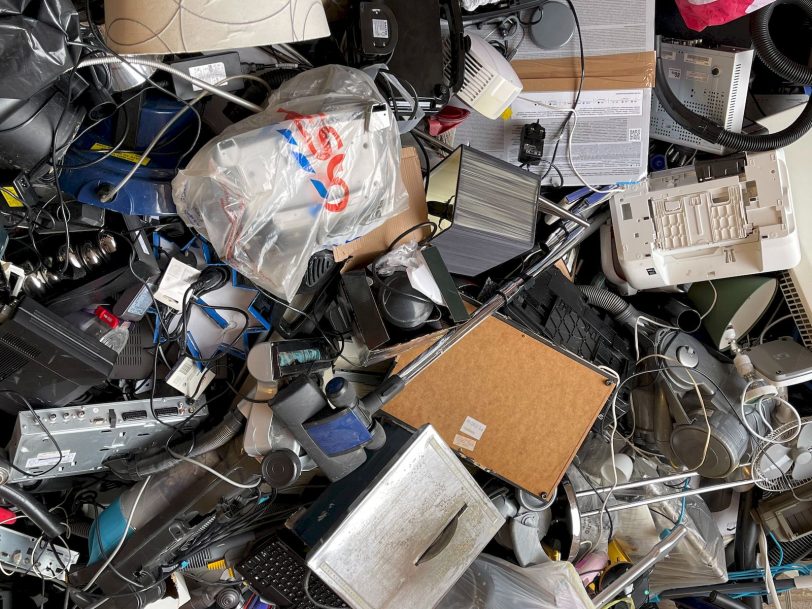What is e-waste or electronic waste?

Concern for the environment and for the waste generated has become an obvious concern. Many are already bringing some solutions to the table in new equipment, which uses sustainable, recycled or biodegradable materials. However, there are still many parts that cannot be easily replaced by others with these characteristics, and given the rate of technology consumption that we have and the planned obsolescence, the recycling of e-waste or electronic waste is a very important factor. to recover all kinds of valuable materials. Do you want to know up close what this process is like? We will tell you step by step…
What is e-waste?
E-waste, also called electronic waste, electronic waste or electronic scrap, is a type of garbage or waste that comes from the technology sector and that must be treated in a special way so that it does not end up in a common landfill and valuable materials can be obtained.
Types of electronic waste
Among the types of electronic waste or e-waste, we can find many categories, such as:
Light equipment: they can be from small household appliances, to computer equipment, etc. For example, they can be included here:
- Vacuum cleaners, microwaves, toasters, ventilation equipment, mixers, kitchen robots, cleaning robots, etc.
- Razors, hair clippers, wearables, dental irrigators, electric toothbrushes, etc.
- Radio sets, calculators, electronic toys, measuring instruments, etc.
- Electric tools.
- Electronic medical devices.
- PCs, mobile devices, peripherals or gadgets, televisions, stereos, etc.
Heavy equipment: we also have larger equipment that is considered electronic waste, such as:
- Washing machines, dishwashers, clothes dryers, etc.
- Solar panels, home automation,…
- Large printing machines, photocopiers, etc.
Heat Exchange: Lastly, some heat exchange systems may also contain highly hazardous or recoverable materials, such as:
- Refrigerators, freezers
- Air conditioning systems, heat pumps…
Step by step recycling process
First step: collection
The first stage of the recycling process is none other than collecting the electronic waste that users have thrown away at collection points, at product points owned by some electronics businesses, or by large manufacturers, etc.
Second step: classification
Afterwards, the ideal is to take this electronic waste to the recycling or classification plant (which are not always in the same place), where it will generally be classified manually or semi-automatically to separate the different equipment in appropriate containers for later treatment.
Third step: storage
The next step or stage of recycling is safe storage to avoid spills or problems with this stored garbage. For example, old televisions or CRT monitors often have toxic heavy metals such as lead, so it is important that they are not stored in any way. It must be said that, if the classification silver is not the same recycling plant, the storage could be done in one place or another, depending on the case.
Fourth step: manual classification, dismantling and crushing
The next stage would be another manual or semi-automated sorting to remove various items from others. For example, remove the batteries from the equipment that integrates them, separate the light bulbs, etc. You can also dismantle some devices that are larger, etc.
Once they are correctly separated, after the initial classification, the next thing is to grind the already classified electronic waste in a finer way. Using special machinery, it is crushed into small pieces that allow a more detailed classification. The resulting pieces are usually no larger than a few centimeters, and will be easier to break apart mechanically.
During mechanical separation, the pieces resulting from the previous process are separated mechanically by machinery.
Step Five: Recovery
Once the materials are more or less separated, such as plastic, iron or steel, etc., from other components such as PCBs, chips, etc. Other processes are applied that can be very different depending on the recycling industry, with even proprietary processes to try to recover copper, gold, etc. For example, through the use of amalgams and chemical refinement, etc.